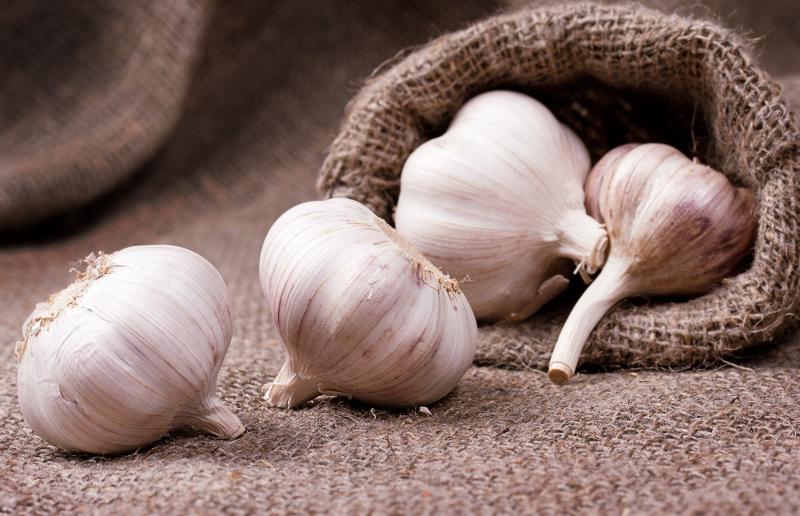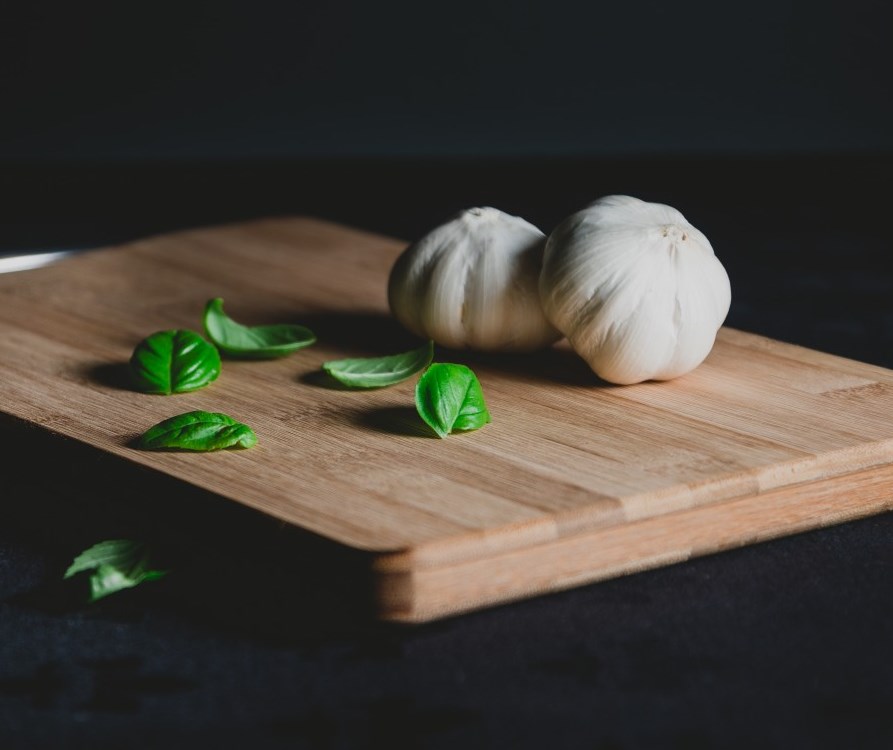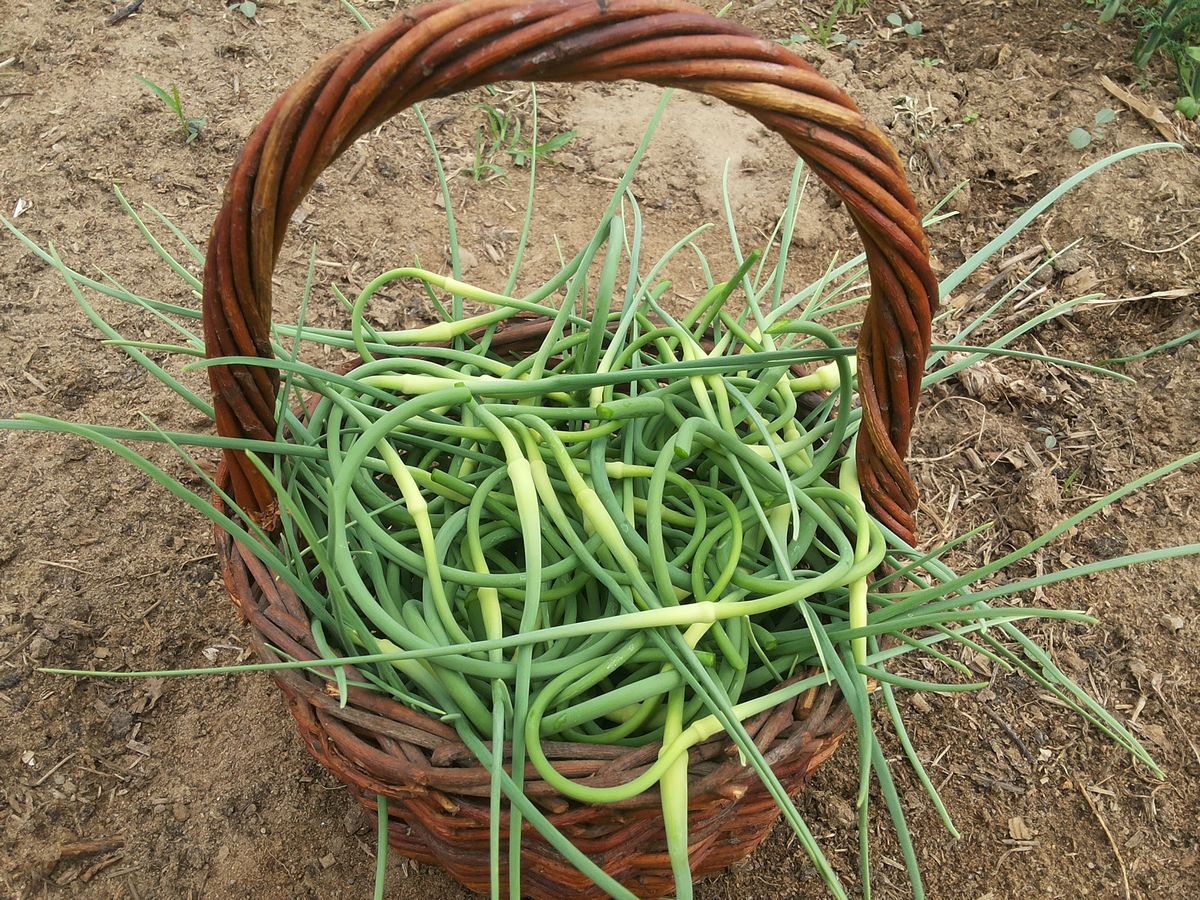Summer residents have a lot of work in the spring. Experienced gardeners know that it is important to support winter garlic at this time. It requires feeding, like all other crops. Properly applied fertilizer will help you get a healthy and rich harvest.
Infusion of chicken droppings
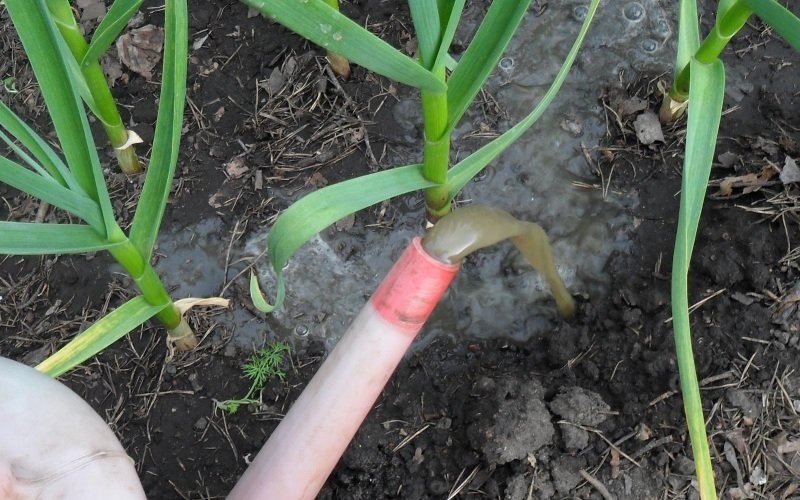
Chicken droppings have a beneficial effect on the soil microflora, restores the acidity of the soil and increases the resistance of garlic to diseases.
In order for the fertilizer to be beneficial, and not harm the plant, it is necessary to follow the technology for making the infusion and apply it correctly. It is important to remember that dry chicken manure is not used. This can cause plant burns.
How to prepare the infusion:
- A 0.5 liter can of chicken manure is bred in 2/3 buckets of cold water.
- Mix thoroughly, add warm water until the bucket is full.
- After stirring again, leave to infuse for 5-6 days.
- Then the finished solution is diluted with water in a ratio of 1:20. That is, 0.5 liters of infusion is taken for 10 liters of water.
- Introduce with a watering can without a grid at the root.
Experienced gardeners recommend using an infusion of chicken droppings once every 3 years.
Nitrogen fertilizers
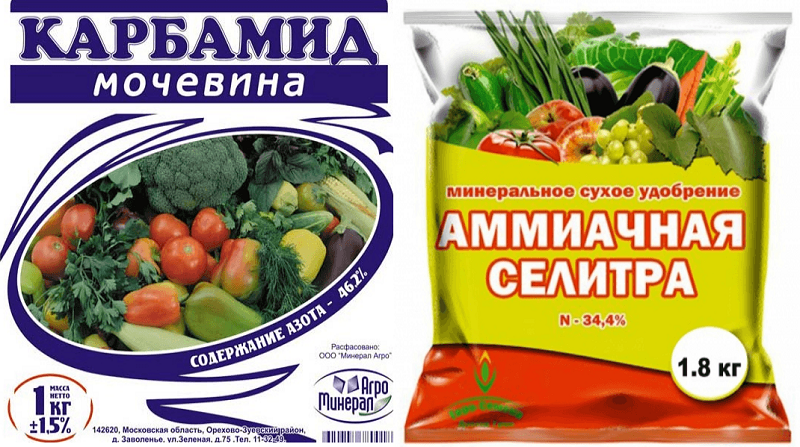
Nitrogen fertilizers are used to grow the green mass of garlic.
Urea and ammonium nitrate will do. Their advantages are in relative cheapness, ease of use, and complex composition.
In addition to nitrogen, the main element, the composition includes: sulfur, potassium, magnesium, calcium. It should be borne in mind that nitrogen fertilizers must not be mixed with peat, straw or lime. The mixture may catch fire.
In cool weather, with an air temperature in the daytime not higher than + 14 ° C, it is better to use ammonium nitrate. Under such conditions, it will be absorbed better.
Winter garlic suffers from mineral hunger, because useful substances begin to be absorbed only when the soil warms and thaws.
Ammonium nitrate is able to melt the ice cover and reach the soil when it takes effect. It is brought in immediately after the snow melts.
For 1 sq. m. plantings use 1 tbsp. dry matter or 30 g is diluted in a bucket of water. When applying, it is necessary to water the soil well, even if a solution of nitrate is used.
Prefer urea in hot weather. It is brought in at the rate of 20-25 g per 1 sq. m. Both dry and wet dressing is used.
With dry feeding, grooves are made with a depth of 2 cm, fertilizer is applied to them from the recommended amount per 1 sq. m., covered with earth and watered.
When wet feeding, the granules are dissolved in water. Then watered at the root. 10 liters of solution is enough to water 6 sq. m.
Mullein infusion
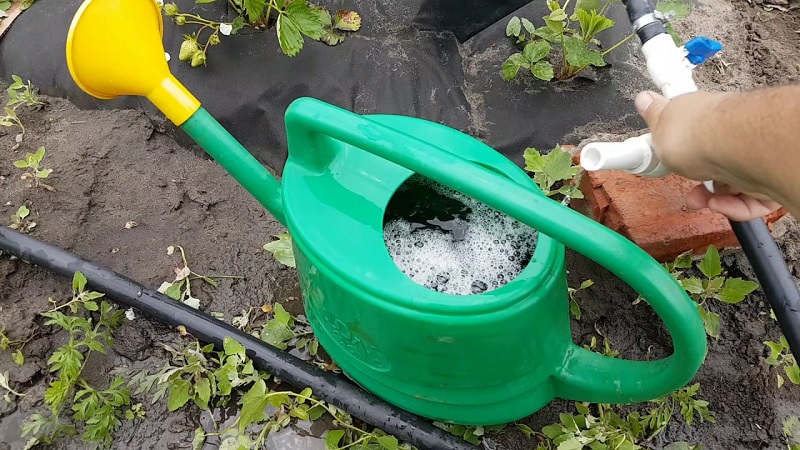
Mullein infusion is an excellent organic fertilizer. Dry manure can damage the plant; it is not recommended to use it.
For infusion, take cow dung and water in a ratio of 1: 5. Mix well and leave for 7-10 days. The mixture is stirred every day to avoid precipitation.
The finished infusion is diluted with water in a ratio of 1:10. The resulting fertilizer is watered with garlic under the root, avoiding contact with the leaves.
Potassium permanganate solution
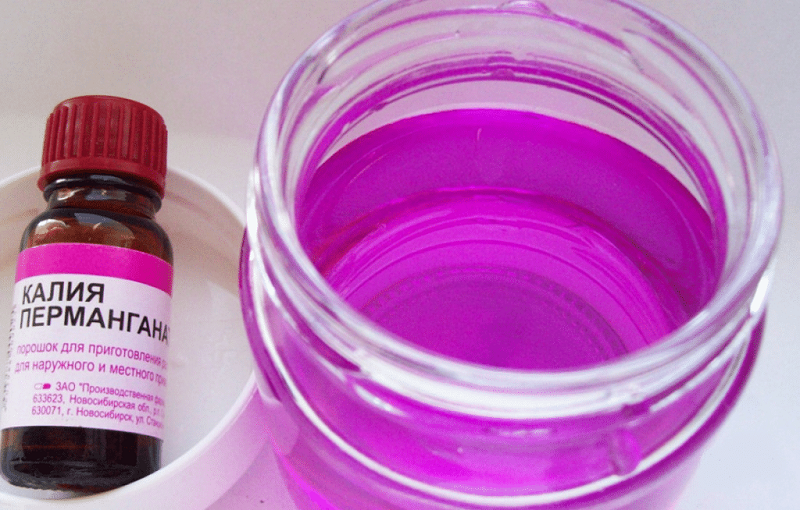
In order to prevent fungal and bacterial diseases, winter garlic is watered with a weak solution of potassium permanganate - potassium permanganate.
Several crystals are placed in lukewarm water and stirred. The result is a solution of not saturated pink color.
It is important to remember that the crystals must dissolve completely.Otherwise, if they come into contact with leaves and fruits, they will cause damage. Plants are treated with the resulting agent.
Phosphate fertilizers
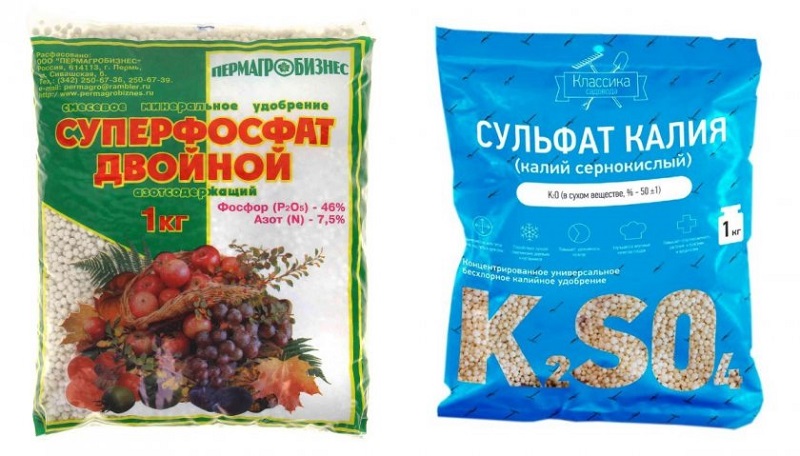
When the garlic has 8-10 leaves, it is necessary to apply phosphorus fertilizer. They stimulate fruit setting, formation and ripening. This occurs most often in mid-June.
It should be remembered that in June, when the green mass is formed, and the fruits are growing, nitrogen fertilizers cannot be used. Otherwise, the tops will continue to grow, and good bulbs will not work.
Superphosphate is often used. 10 liters. water will need 15 g. This amount is enough to fertilize 2 square meters. m.
Ammonia
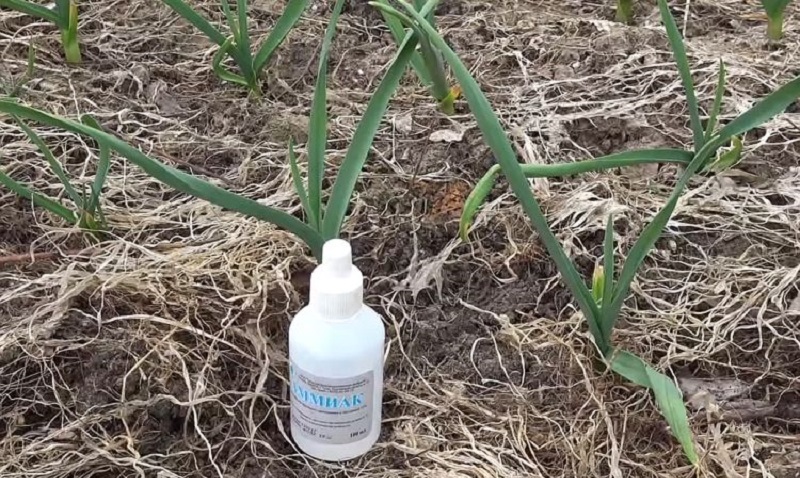
To improve the growth of garlic, use ammonia, which you can buy over the counter without a prescription.
The advantage of the drug is that it has practically no contraindications. You just need to comply with the dosage and not abuse the drug.
The ammonia stimulates the growth of foliage. It turns bright green.
For foliar top dressing, 25-60 ml of ammonia are diluted in a bucket of water. Start with less concentration.
The first processing is done as soon as 2-3 leaves are formed. Then they are used no more than 1 time in 7-10 days. The plant is sprayed through a watering can.
Wood ash
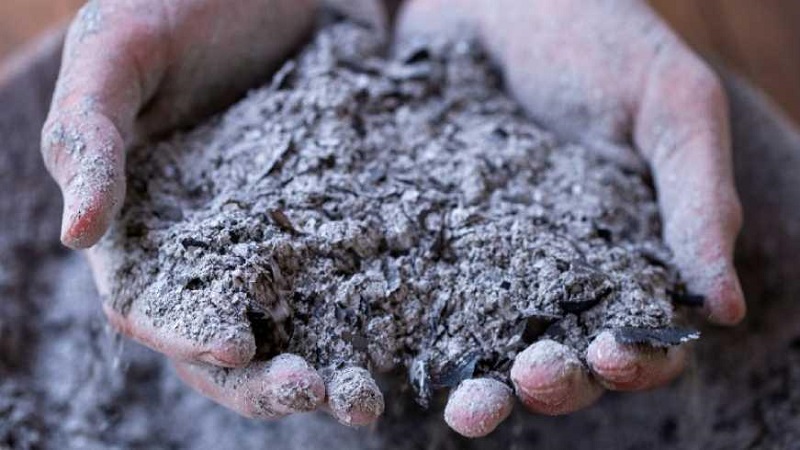
Wood ash is used in June, when the head is forming, to saturate the garlic with potassium. The deficiency of this element is noticeable in the faded, light tops.
1 cup of wood ash is diluted in a bucket of water and stirred. Grooves are made in the soil, 7-8 cm deep. Water with the resulting solution and sprinkle with earth.
Another way is to powder the beds with wood ash. Top dressing is carried out 1 time in 2 weeks.
Yeast
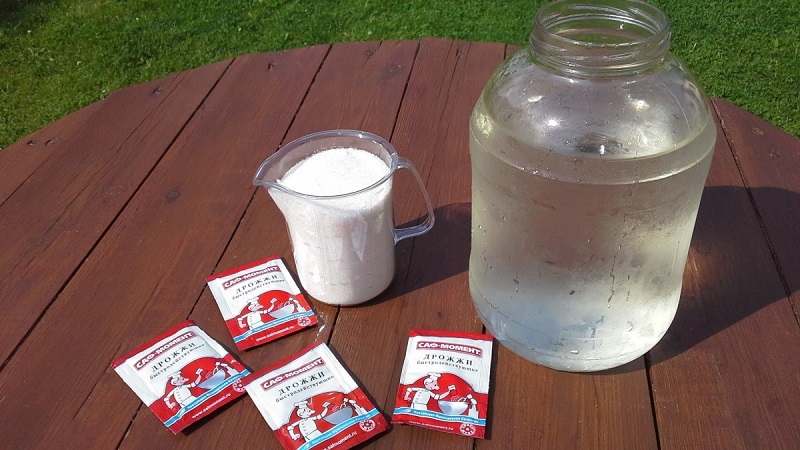
The yeast remedy has a positive effect on the development of the root system and on the yield in general, accelerates the growth of garlic.
Pour 2 liters of warm water into a bucket and crumble 100 gr. pressed yeast. Pour in 1 glass of sugar and stir until completely dissolved. Wait for the mass to rise.
Do not stir yeast and sugar in a container filled to the top with water. The yeast mixture tends to rise.
Stir 1 liter of the resulting composition in a bucket of warm water and water the planting. The bucket is enough for 2 sq. m plot.
